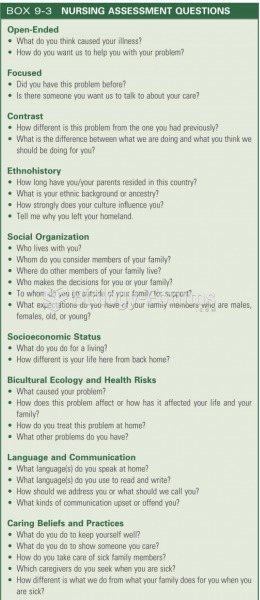|
|
|
Cytomegalovirus affects nearly the same amount of newborns every year as Down syndrome.
More than 2,500 barbiturates have been synthesized. At the height of their popularity, about 50 were marketed for human use.
Congestive heart failure is a serious disorder that carries a reduced life expectancy. Heart failure is usually a chronic illness, and it may worsen with infection or other physical stressors.
More than 30% of American adults, and about 12% of children utilize health care approaches that were developed outside of conventional medicine.
In the ancient and medieval periods, dysentery killed about ? of all babies before they reach 12 months of age. The disease was transferred through contaminated drinking water, because there was no way to adequately dispose of sewage, which contaminated the water.







